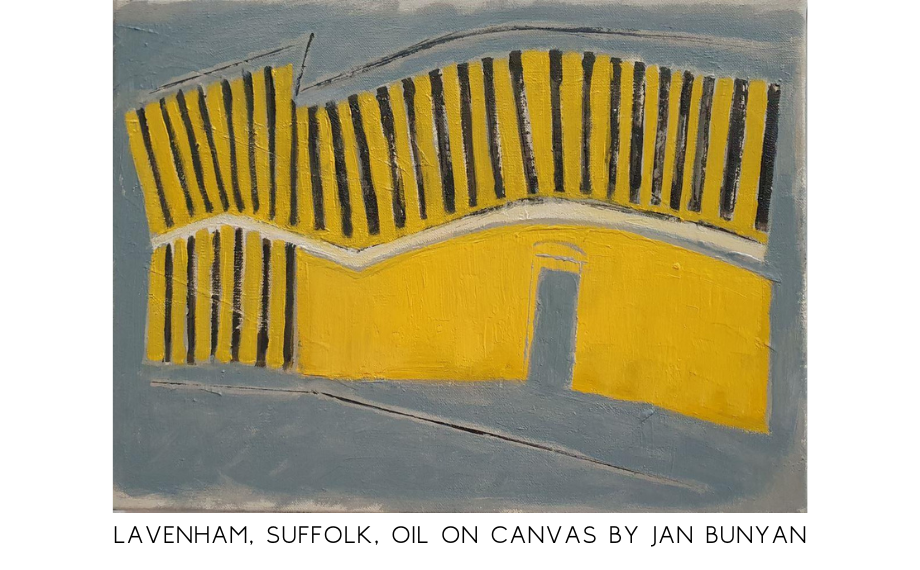Amateur vs Accomplished: let's stop labelling artists20/11/2023Author: Tammy Woodrow
Years ago, I was present at a woman painter’s talk who was introducing her work to a local audience with the help of the ever-present PowerPoint presentation. The subject matter of her paintings depicted innocent sea and landscapes and you could sense that she was at the beginning of her artistic career. In a previous life, she had a successful career, as a counsellor I think, and she was ready for a new challenge later in life. It is always so interesting to listen to how and why mature people answer to the call of making art, even though they weren’t given this opportunity when they were young. This could have been caused by economic or social reasons; many women will have children first before they allow themselves to enrol at a Fine Art Degree. For other individuals it might have been that their heritage prohibited fulfilling their art calling at first; parents might have said that becoming an artist is not really a proper job. But like me, you always feel something is missing in your life; your creativity will come out in the end. That’s why I was so disappointed when this artist ended her talk by concluding; ‘But I am just an amateur.’ I am rarely vocal at public events but this time I couldn’t stop myself. I almost shouted; ‘Don’t say that, you are better than that!’ How could an intelligent person put herself down like that? Why would she have said that? Was she feeling insecure because she hadn’t sold loads yet? Was she self-doubting because she hadn’t gained a Fine Art Degree? What is the measure of a good artist? How much money you have earned with your art? How much do your peer artists rate your artwork? At the beginning of the many workshops I have delivered in the past, participants used to come in and greet me by saying; ‘I’m not creative at all’. This lack of confidence usually quickly disappeared once they relaxed and got their hands on the materials and started having fun. I was always so impressed with the outcomes and often the pieces they had created wouldn’t have looked out of place in an art gallery shop. There are so many historical examples of artists where the boundaries between amateur and accomplished are extremely blurry. We all know Van Gogh’s story. As well, at Tate St Ives you will find works by Alfred Wallis (1855–1942) who was a fisherman and artist known for his seascape-inspired paintings. Without artistic training, he began painting at the age of 70, using domestic materials. He never got rich from his paintings although his talent was recognized by famous artists like Ben Nicholson and Christopher Wood. What about the American photographer Vivian Maier whose entire life’s work of photos was stored in a container, only to be discovered after her death and then she became world famous. Not being validated during her lifetime didn’t stop her need to create. To me, every mark a person makes has value and is precious. There is no right or wrong in what you put together, that’s why I am passionate about being a creative. A ‘good’ artist tries to resolve certain philosophical questions in their practice and is always on a learning journey. Often, once you have created something in your studio, you can’t explain why it works, why you feel this piece is ‘good’. There is a certain metaphysical element to art making, something mystical. No amount of financial reward or academic qualifications can trump this sensation of achievement. You will find many artists who are part of UK Artists’ collection who might not have followed the ’typical’ path to becoming an artist. But this doesn’t reflect on the quality of what they make. For example, have a look at painter and British artist Jan Bunyan’s entry. In her artist's statement Jan says, "I have drawn and painted since I can remember, but like many of my era was not permitted to go on to study art, as I would have wished. Instead, I gained a degree in French Studies from Manchester University. However, in my early thirties, having continued to attend classes for life drawing and ceramics, I left office life to become a full-time potter, making decorated earthenware tableware. After thirty of so years of self-employment in ceramics I decided the time had come to move to full-time painting and printing." Or look up Peter Lovelock’s entry on the website. He describes himself as self-taught but his beautiful drawings with gold leaf would enhance any National Gallery’s collection. Tammy Woodrow |
Amateur vs Accomplished: let's stop labelling artists |


Comments